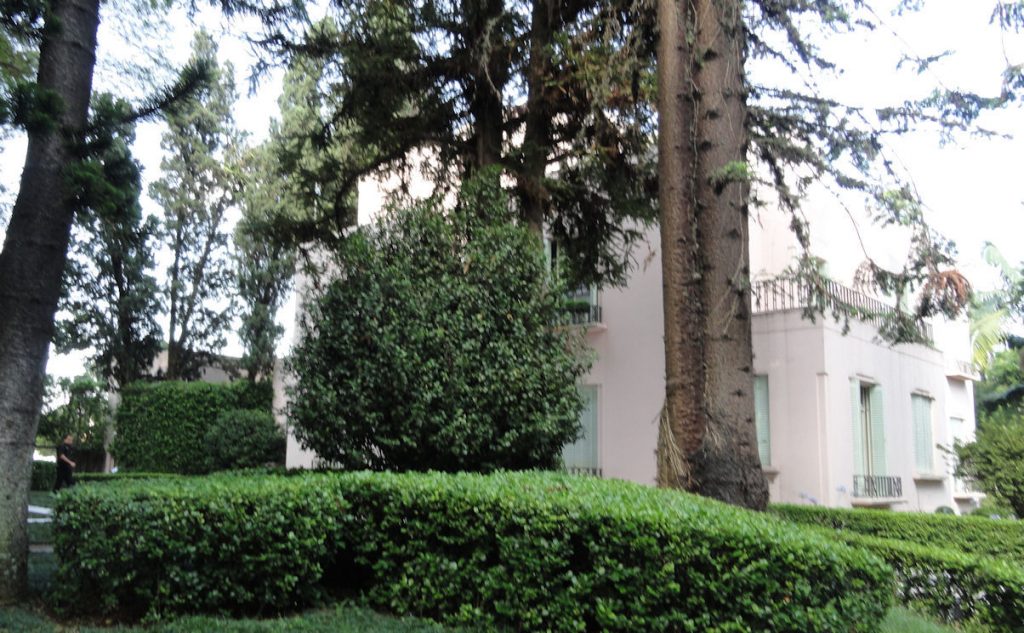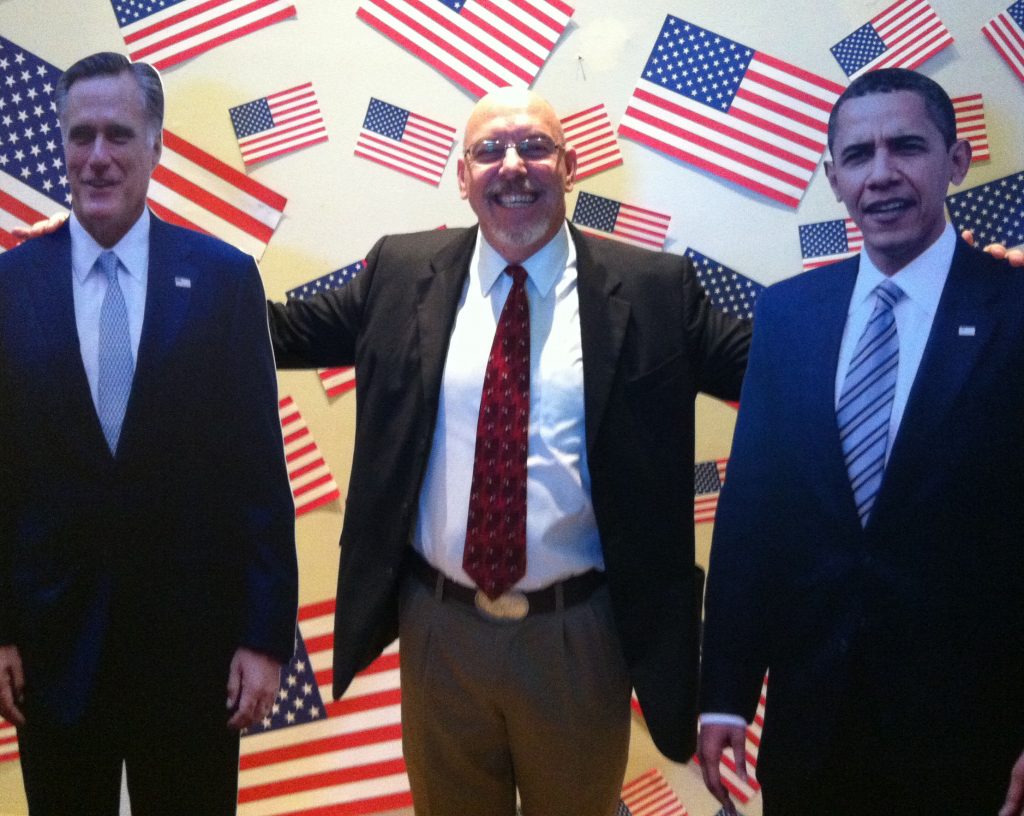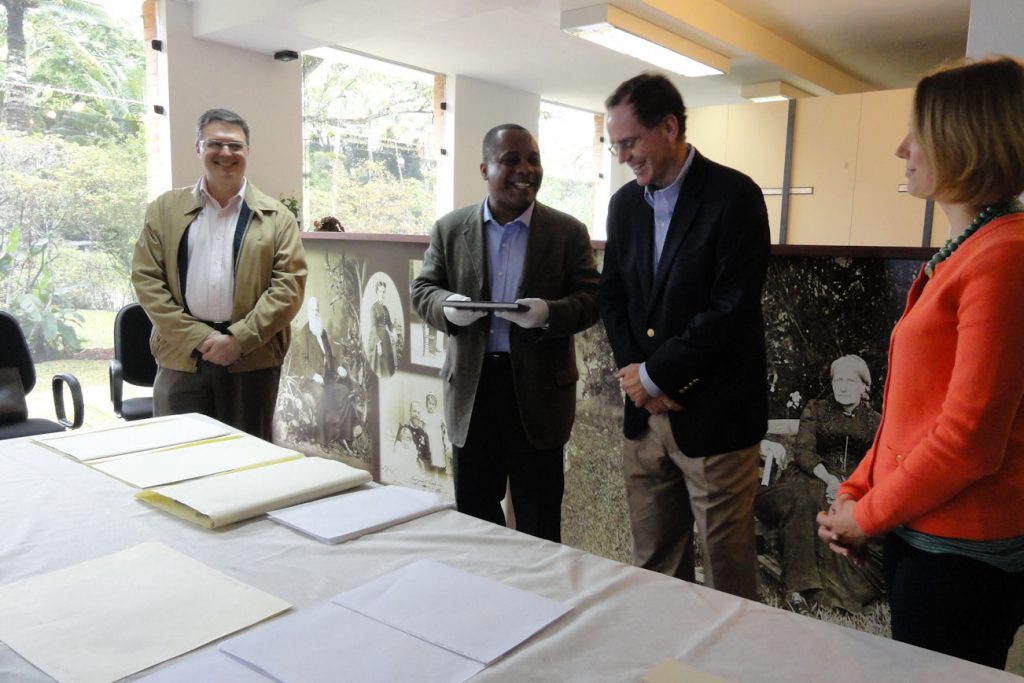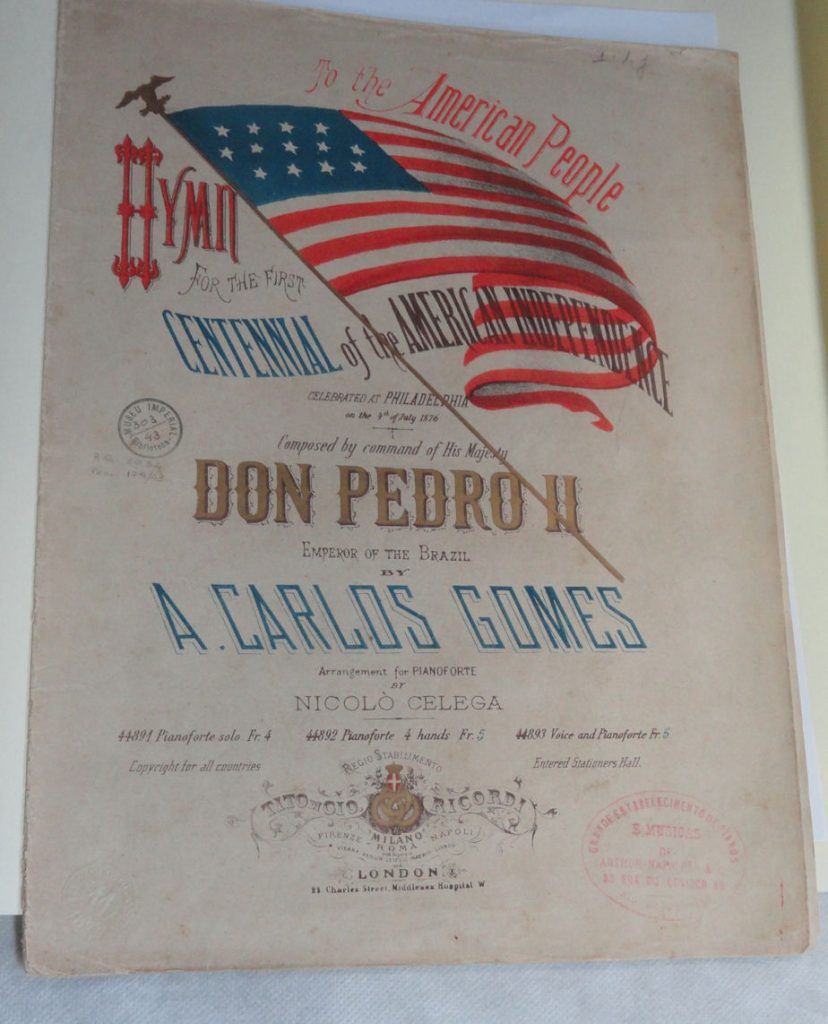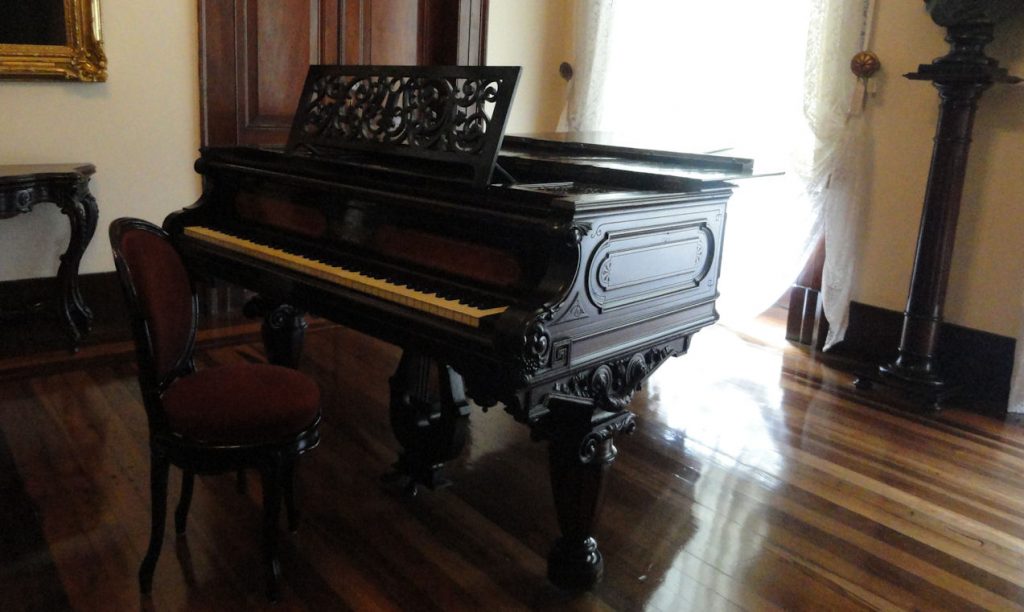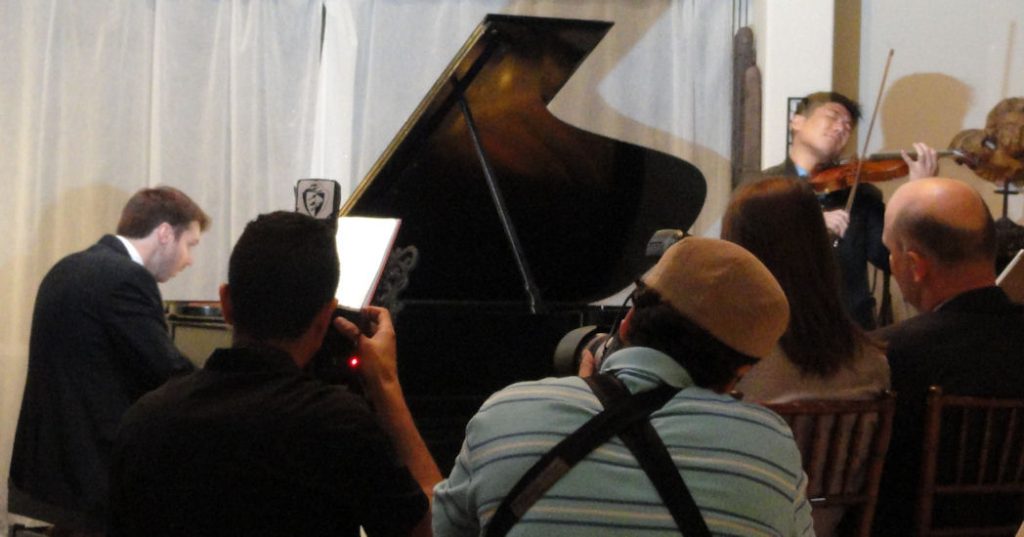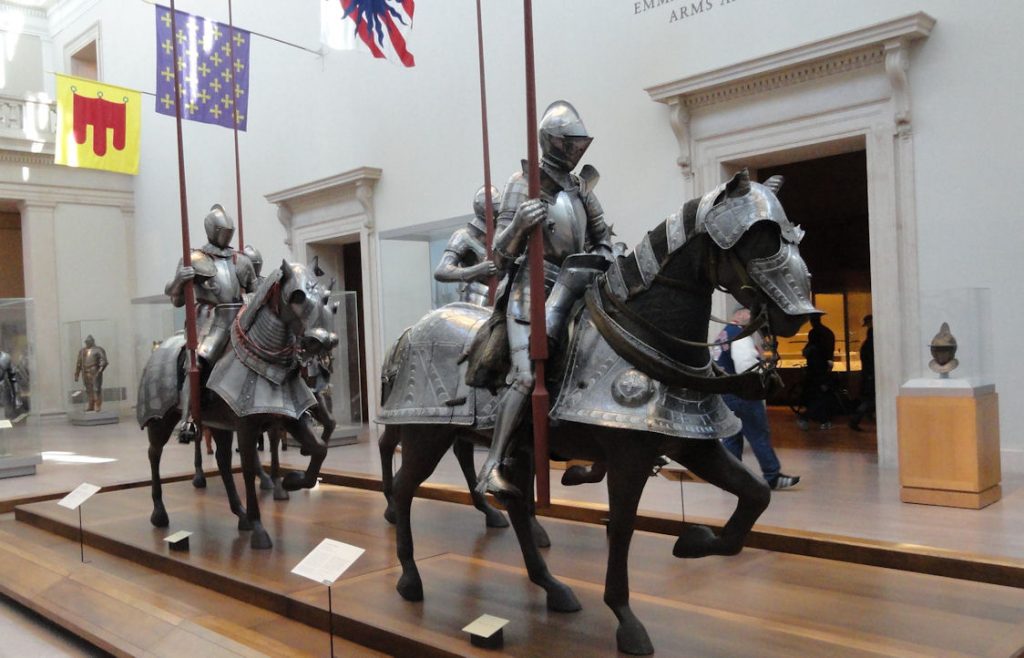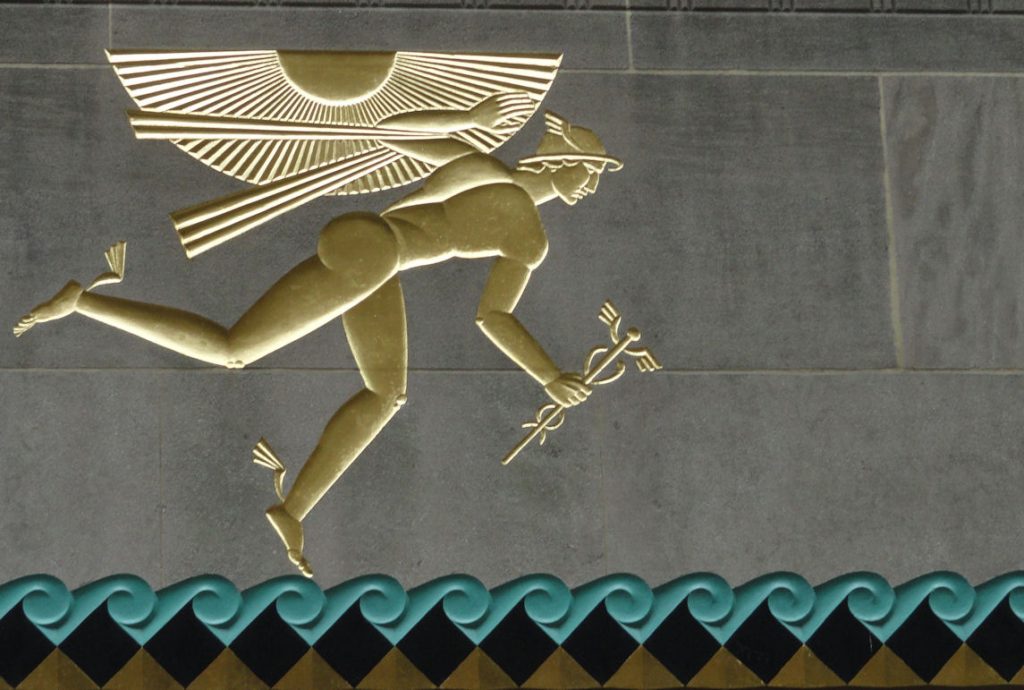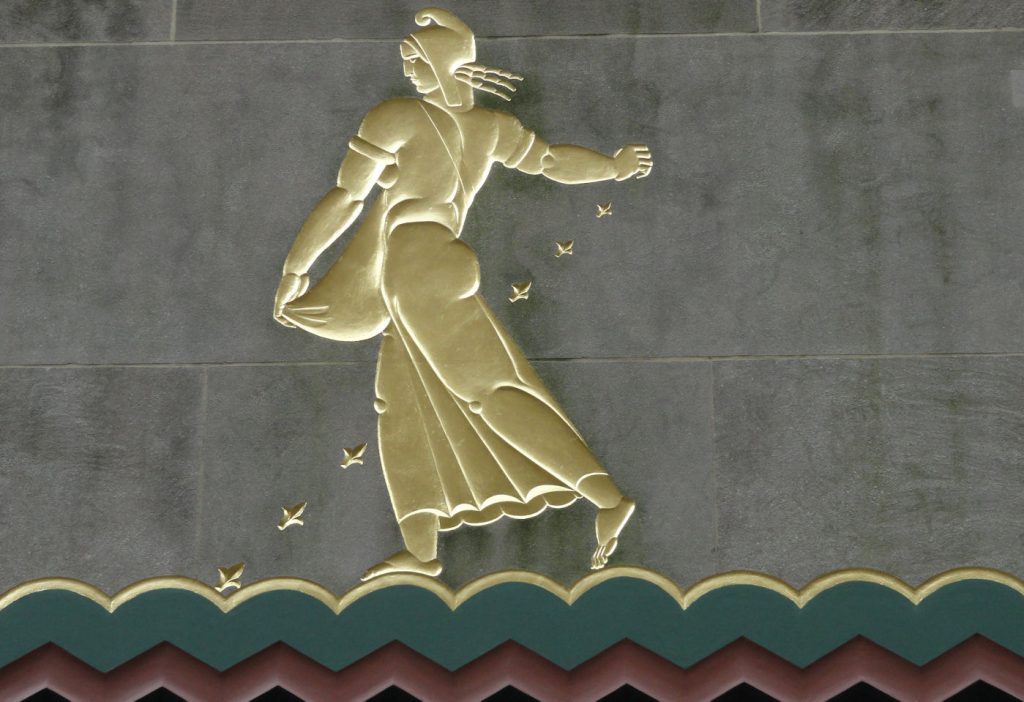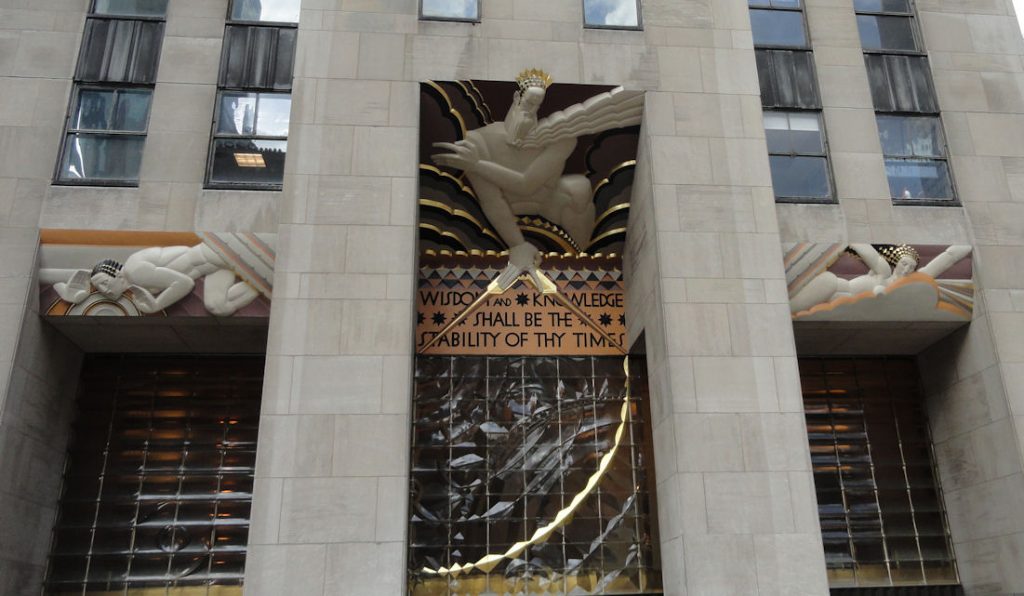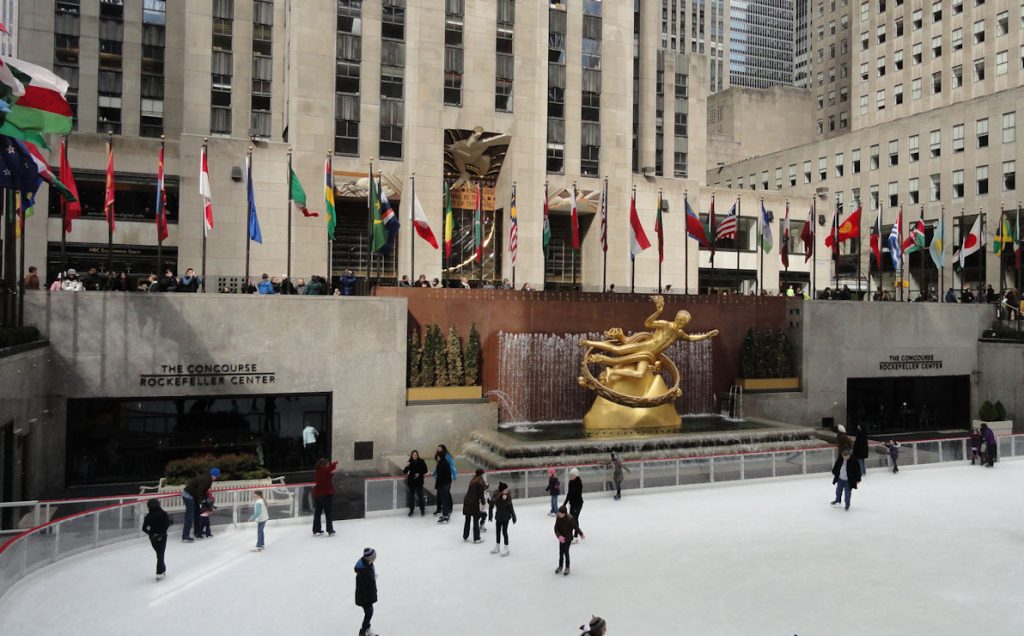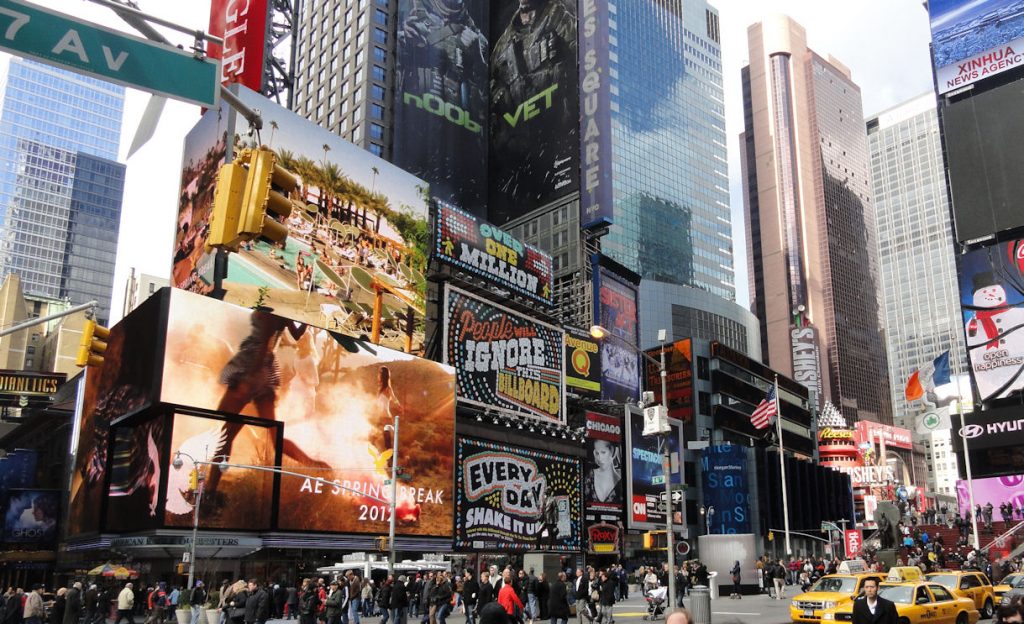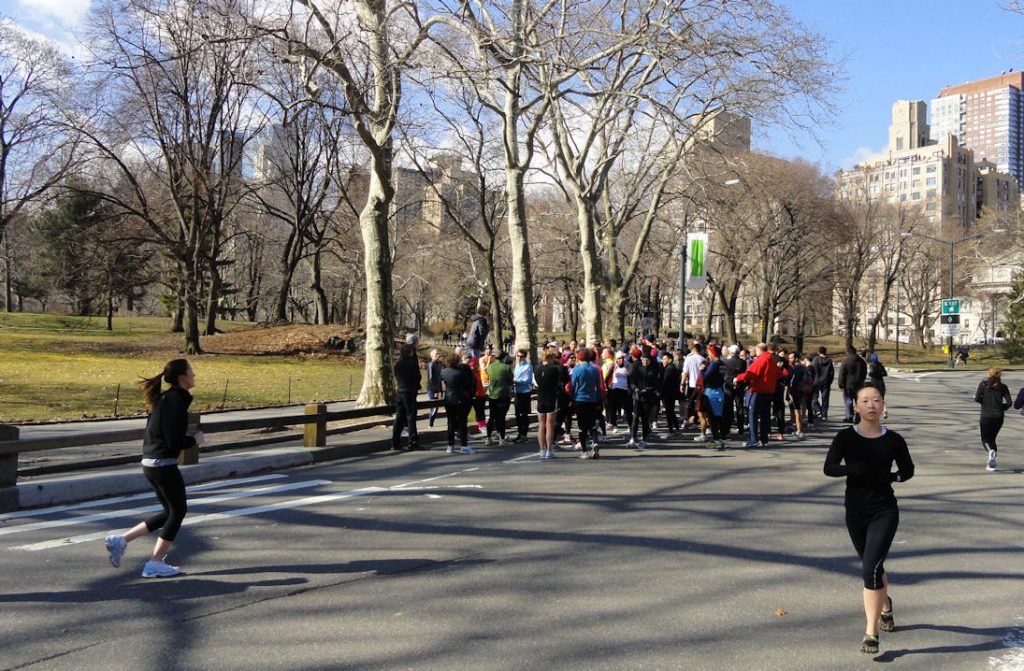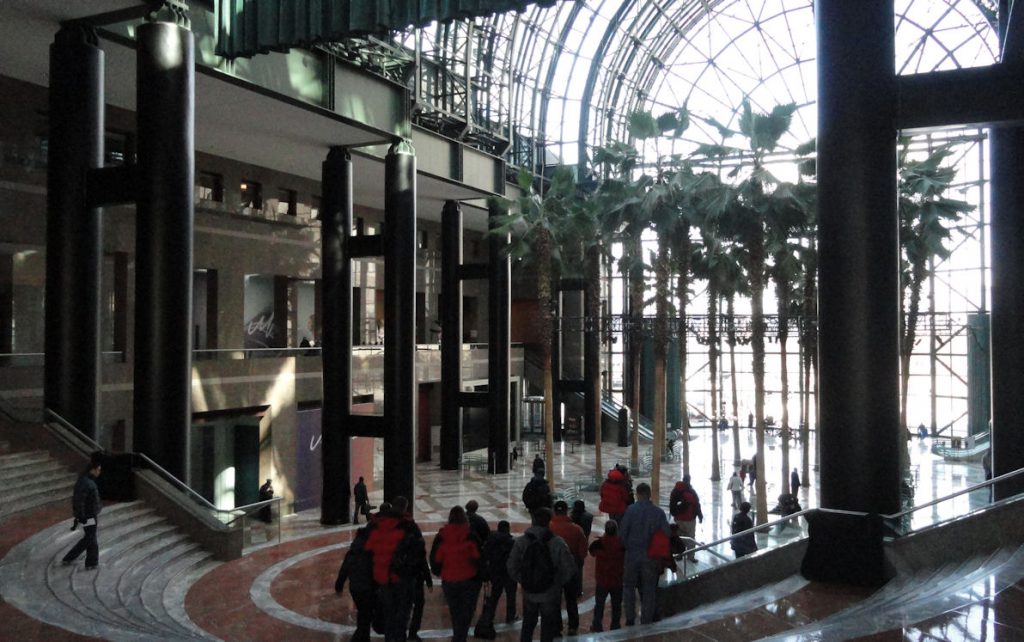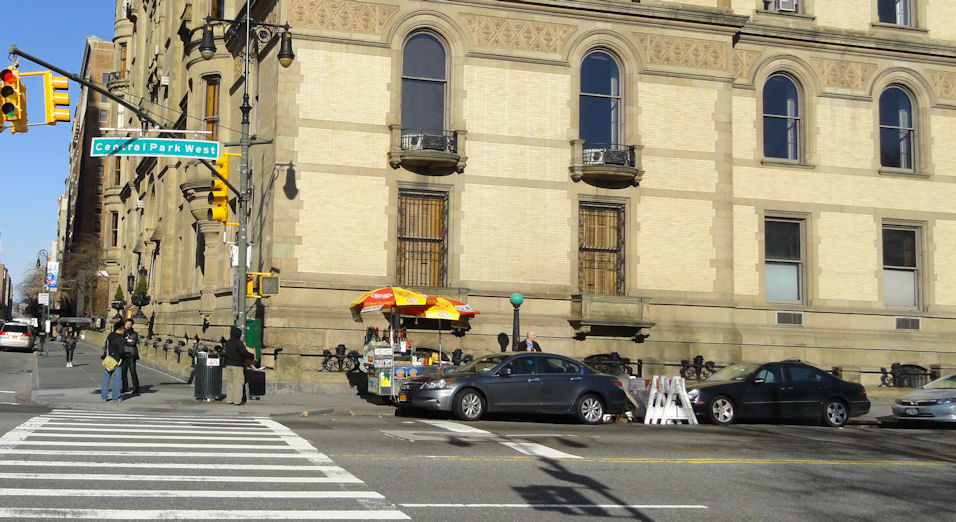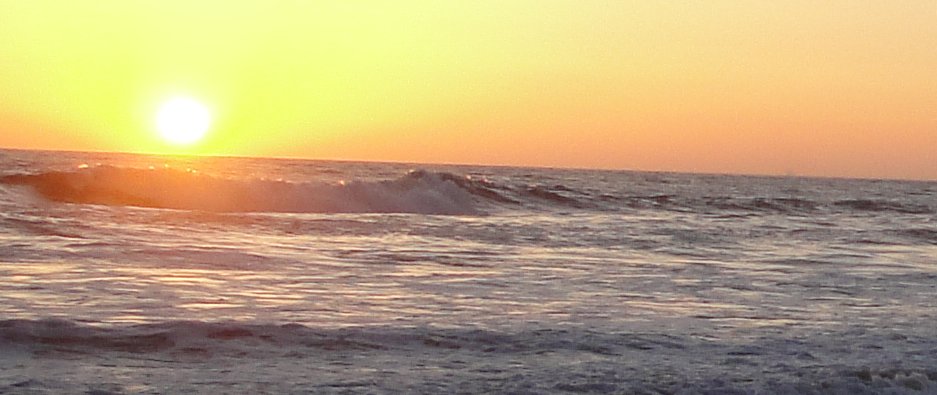
We are experiencing a wonderful time in Brazilian-American relations. Our priority to link American and Brazilian education networks coincides with those of Brazilians. Brazilian leaders have resources to fund their aspirations in ways previously impossible. Changing Brazilian demography and a burgeoning middle class are creating new demands for quality education and related PD items like English. Building on work of earlier colleagues, we enjoy spectacular relations with Brazilian leaders. In this auspicious time for public diplomacy, Mission Brazil is expanding, with two new consulates set to open within the next two years. We have taken and extended opportunities and will continue on this path that will influence Brazilian-American relationships for generations.
Landscape for Public Diplomacy
Brazilians are confident in their country and its growing importance. This colors their view of the U.S. Some anti-Americanism persists, particularly among older elites, but it is diminishing with generational change and most Brazilians have a positive view of the Americans, seeing the U.S. as Brazil’s most important partner. Millions of Brazilians entered the middle class because of the most sustained economic progress in the country’s history and innovative social programs designed to lessen inequality. This provides insulation from boom-bust cycles that have too often affected Brazil. For the first time, a middle class makes up the majority of the Brazilians and they are demanding better government, better schools and luxuries like international travel. The population is still young, but Brazil is experiencing a rapid demographic transition, with fertility now below replacement level, providing space to improve education and social standards. It also creates urgency, since Brazilian leaders know that they must develop the skills of the Brazilian people during a brief “demographic sweet spot,” when fewer dependent children have yet to be balanced by more dependent senior citizens. Internet is creating new channels of communications and fostering a boom in distance education. Adult literacy is improving, expanding the universe of readers and making Brazil an exception to the rule that print is losing ground. Brazil has become a major venue for international mega-events; it will host the Confederations Cup and the World Youth Day in 2013, FIFA World CUP in 2014 and Summer Olympics in 2016. The number of official visits has increased exponentially in recent years, especially in resurgent Rio de Janeiro.
To this generally positive picture must be added the caveat that Brazil stiff faces infrastructure deficiencies, physical, human and institutional. This will be both a challenge and an opportunity and PD programs have addressed these issues, especially through the VV and IVLP programs.
Mission’s Strategic Objectives
The Mission’s top priority is creating sustainable partnerships with Brazil and other things follow from that. The most impressive opening is in education. The Mission is encouraging Brazilians to study in the U.S. and supporting President Obama’s 100,000 strong for Americans studying in Brazil as well as fostering institutional linkages for the long term. This is not limited to educational linkages. The Smithsonian Institution, for example, signed long-term cooperation agreements with Brazilian counterparts that will facilitate a myriad of partnerships. Post is creating similar partnerships in English language and distance learning. Within the partnership theme, the Mission is actively seeking to meet the changing Brazilian demography by engaging Brazilians where they live and in their areas of interest. This involves outreach to new populations and geographic regions.
Public Diplomacy Tactics in Support of Objectives
Mission Brazil consists of the Embassy in Brasília and consulates in Rio, São Paulo and Recife, soon to be joined by Porto Alegre and Belo Horizonte. Each has its particular emphasizes, but we are one Mission in priorities and programs.Education, English and youth outreach dominate our programming and we are making significant headway. Our youth outreach programs include a robust Youth Ambassador program (last year nearly 17,000 applicants), a Youth Council with representatives from every Brazilian state and various specific programs, such as girls science camp and English immersion programs, as well as electronic and social media programs targeted to youth audiences.
English competence is a big challenge for 21st Century Brazil and has been the major obstacle in the way of getting more Brazilian involvement in the U.S. and with U.S. programs. Post is addressing this through our network of thirty–eight BNCs as well as Access programs that reach hundreds of students and boast a dropout rate of less than 4% over two years, as well as programs targeted to underserved communities, especially in Rio and Salvador. In the last two years post went beyond this and in cooperation with the Ministry of Education (MEC) created partnerships to improve Brazilian English competency on a massive scale. “English w/o Borders” will be rolled out in 2013. The Mission helped inspire this strategy and works with Brazilian partners to guide. We are placing a senior English Language Fellow in the Ministry of Education to help with the implementation. In 2013, 1080 Brazilian secondary English teachers will take six-week courses at U.S. universities in a cooperative Mission/MEC program. MEC will test 54,000 Brazilian students in English and provide support for them to improve sufficiently to take part in programs such as Science Mobility. MEC expects to reach 7 million Brazilian students in the next four years, many through distance learning, another fertile area of Mission cooperation.U.S. Brazil education cooperation was transformed after the Brazilian President’s July 2011 announcement of the Science Mobility Program to send 101,000 Brazilian students overseas in the STEM fields. The U.S. got there first with the most, confounding our fears and perhaps expectations of competing countries that the decentralized nature of U.S. higher education would suffer in competition with ostensibly better organized centralized systems in Europe and elsewhere. The Mission’s goal in working with Brazilian partners was to make U.S. the easiest and most logical choice and quickly get qualified Brazilian students places in a broad array of U.S. schools. Nearly 4000 Brazilians have gone to the U.S. on the Science Mobility Program and tens of thousands more will go in coming years. Post is now pivoting to sustainable institutional linkages by supporting visits by U.S. institutions as well as taking Brazilian education leaders to the U.S. This is all on top of our already active educational advising and Fulbright exchange programs.
Reaching underserved populations is a key priority that suffuses all PD programs, specifically through focus on JAPER and support for favela pacification and women’s empowerment. As Brazil is and perceives itself to be a leader in sustainable development and clean energy, post remains active in this field.The Mission cannot expect to get the human resources adequately to reach the “new” Brazil while keeping relationships with the still most important parts of traditional Brazil, but leveraging the great resources of the American nation is expanding our impact by creating sustainable connections. American institutions are eager partners who often need only advice and minimal support to create connections that will last for generations. We also reach previously inaccessible audiences using new media and taking advantage burgeoning broadband in Brazil.
PD Brazil’s enviable problem is too many excellent opportunities. We prioritize those that involve full partnerships with Brazilian institutions and government, use our local expertise and flexibility, and provide significant leverage to produce outstanding results. These may not look like traditional programming, i.e. bringing a speaker or placing an article. Building on the great networks constructed by our predecessors, we have been able to concentrate efforts where they are most effective. We think this is the bright future of PD in Brazil.
My picture is unrelated to the text. It is a beach in California

